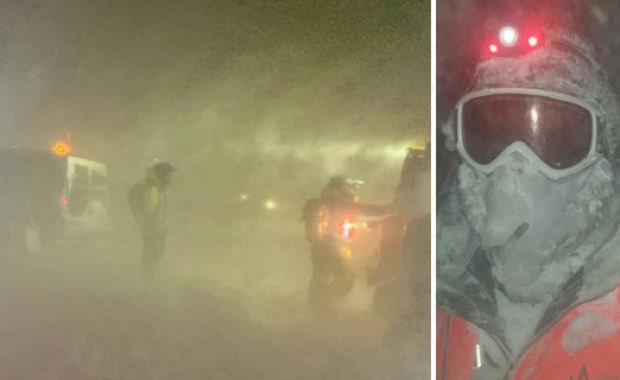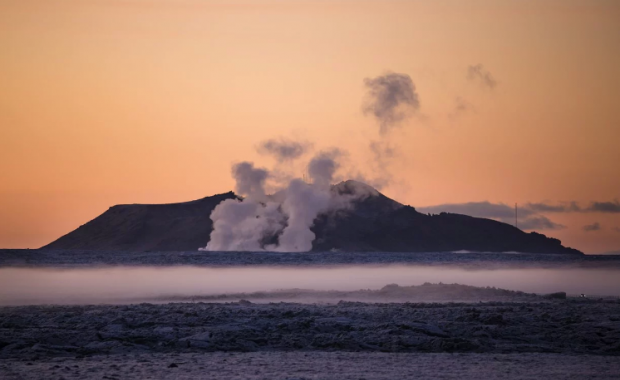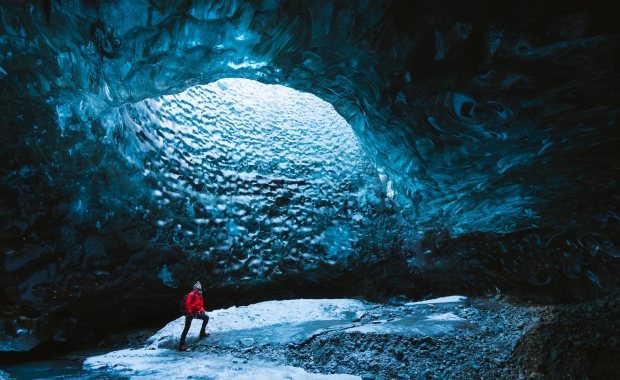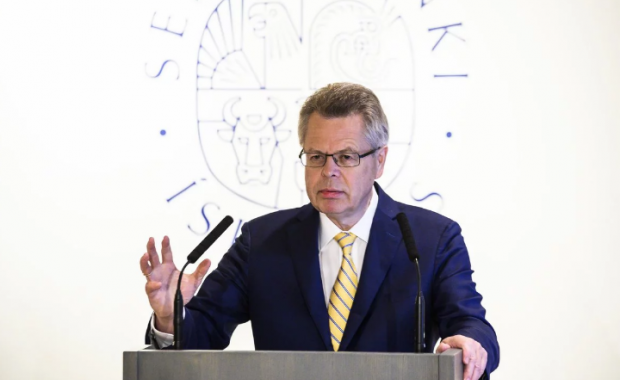The eruption at Holuhraun lava field in the Bárðarbunga volcano system that started at midnight, ended around 4am this morning. Though the eruption has halted to a stop, the seismic activity has continued. According to the Icelandic Met Office a significant amount of earthquakes are still being detected in the magma dike, between the eruption site and about 5 km south into the Dyngjujökull outlet in Vatnajökull glacier. A magnitude 5.2 earthquake struck close to Bárðarbunga caldera at 12.21 (12.21pm).
Underground there is a significant amount of magma on the move in a dyke (imagine a very big tunnel) under Holuhraun lava field in the central highlands between Dyngjujökull outlet glacier and the Askja caldera. Bárðabunga and Askja are two of Iceland's largest volcanic systems.
The lava that surfaced in last nights eruption actually came up through ten 200 year old craters on the fissure.
Despite these updates, little has changed from this mornings events and scientists and geologists from around the world wait to see what is next for those two of the world's largest volcanic systems.
The eruption at Holuhraun lava field in the Bárðarbunga volcano system that started at midnight, ended around 4am this morning. Though the eruption has halted to a stop, the seismic activity has continued. According to the Icelandic Met Office a significant amount of earthquakes are still being detected in the magma dike, between the eruption site and about 5 km south into the Dyngjujökull outlet in Vatnajökull glacier. A magnitude 5.2 earthquake struck close to Bárðarbunga caldera at 12.21 (12.21pm).
Underground there is a significant amount of magma on the move in a dyke (imagine a very big tunnel) under Holuhraun lava field in the central highlands between Dyngjujökull outlet glacier and the Askja caldera. Bárðabunga and Askja are two of Iceland's largest volcanic systems.
The lava that surfaced in last nights eruption actually came up through ten 200 year old craters on the fissure.
Despite these updates, little has changed from this mornings events and scientists and geologists from around the world wait to see what is next for those two of the world's largest volcanic systems.






